
OR
Province 2 minister Sharma released on general date
Published On: August 13, 2018 05:36 PM NPT By: Mahesh Kumar Das
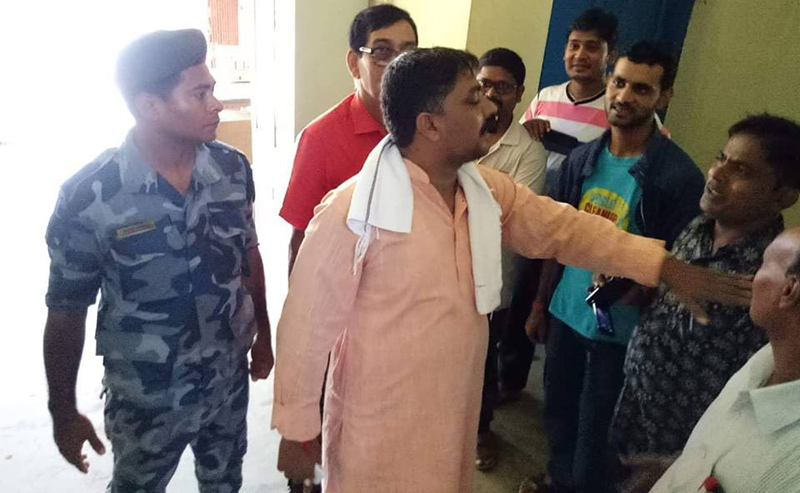
MAHOTTARI, Aug 13: Mahottari District Court has ordered to release the state minister for social development of Province 2, Abhiram Sharma on a general date.
Following the hearing at the court on Monday, the single bench of Judge Brajesh Pyakurel ordered the local administration to release Minister Sharma on the general date, according to the registrar of the court, Rama Nanda Pyakurel.
Earlier, Sharma had surrendered himself at the Mahottari District Court, Jaleshwor.
Sharma was appointed as the state minister for social development on July 11. Until then, he was at large for his alleged involvement in the murder of assistant sub-inspector Thaman BK of the Armed Police Force in September 2015. Sharma was one of the 25 accused in the murder during the Madesh unrest.
On August 3, the Janakpur High Court had ordered the police to arrest Sharma, leader of Rastriya Janata Party-Nepal and Jaleshwor municipality’s mayor Ramashankar Mishra, also of RJP-N.
Following the High Court’s order, RJP-N had warned of withdrawing support to PM KP Sharma Oli led government on August 8. It later backtracked from its words and said that they would honor the High Court’s order.
You May Like This

Japanese envoy calls on Minister Bhattarai, discusses further enhancing exchange through education between Japan and Nepal
KATHMANDU, July 27: KIKUTA Yutaka, Ambassador of Japan to Nepal, paid a courtesy call on Bidhya Bhattarai, Minister for Education,... Read More...
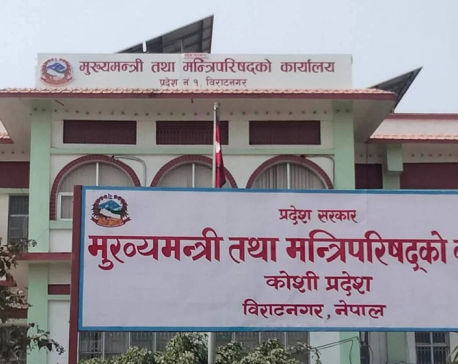
NC defers its plan to join Koshi govt
KATHMANDU, July 26: The Nepali Congress (NC) has decided not to participate in the Koshi Province government immediately. ... Read More...

Nepal elected UN ECOSOC Vice-President
KATHMANDU, July 26: Nepal has been elected as the Vice-President for the Asia-Pacific states of the UN Economic and Social... Read More...
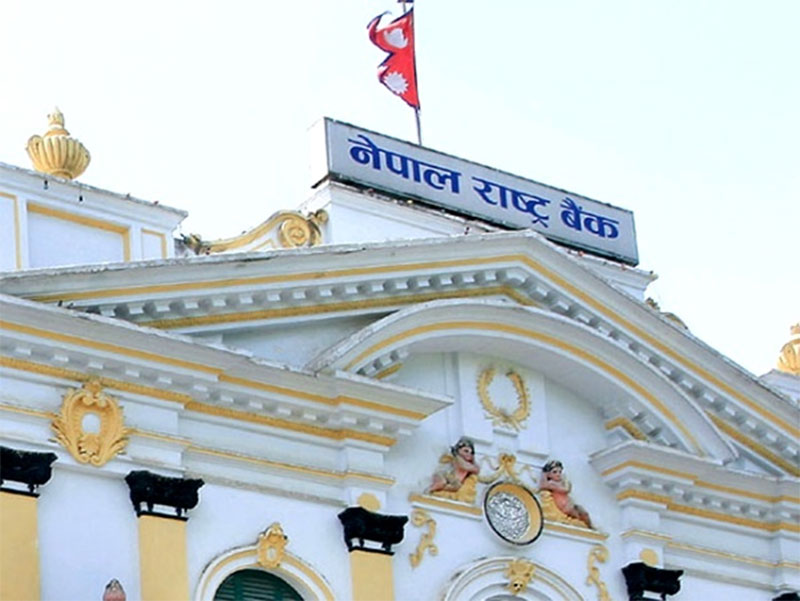

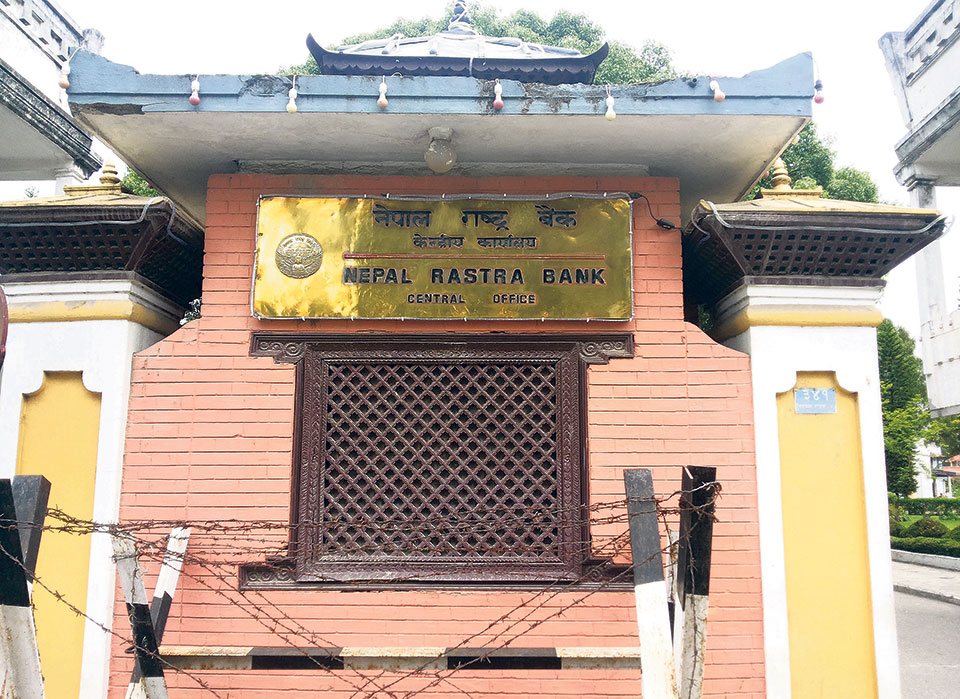



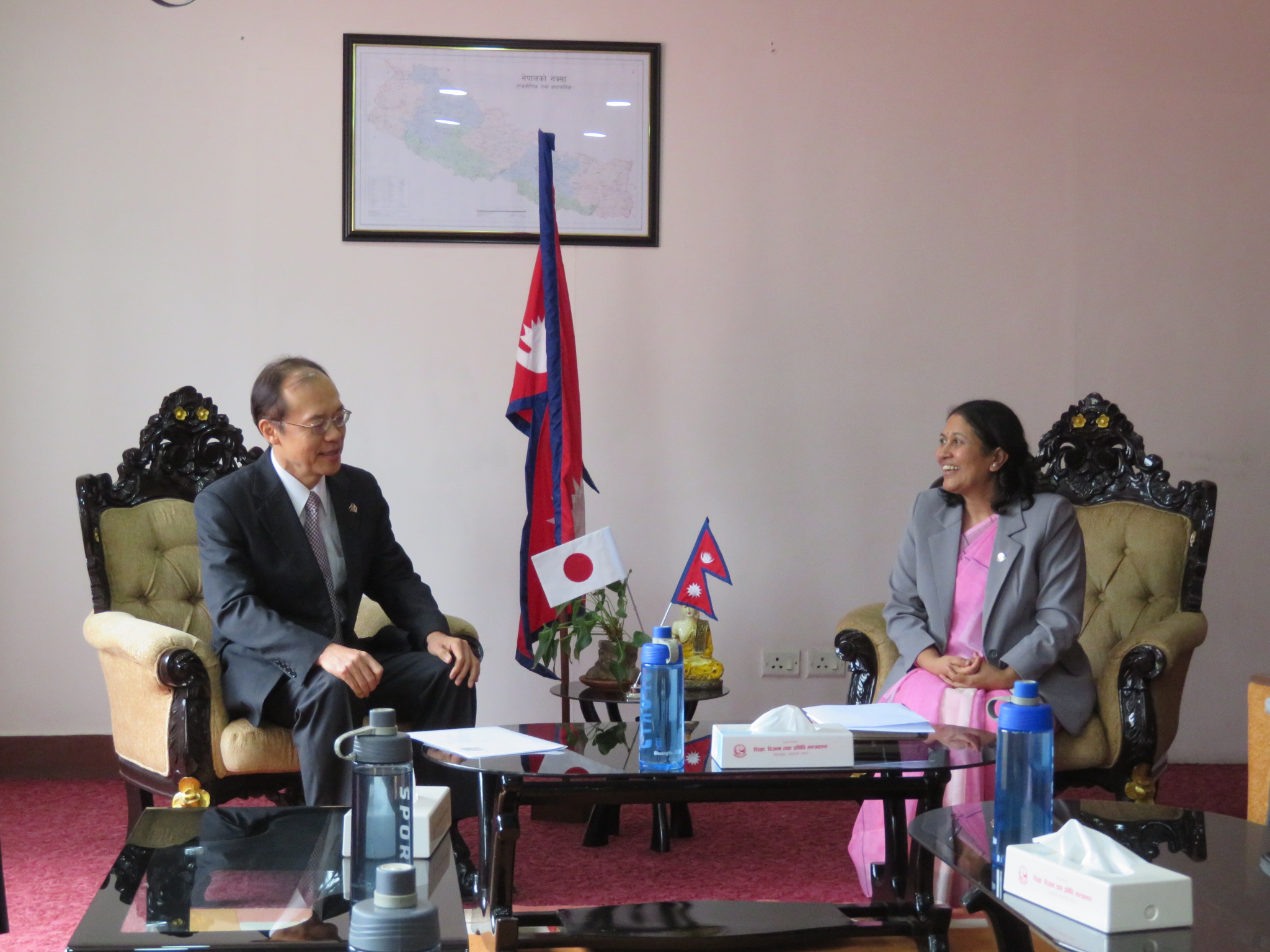
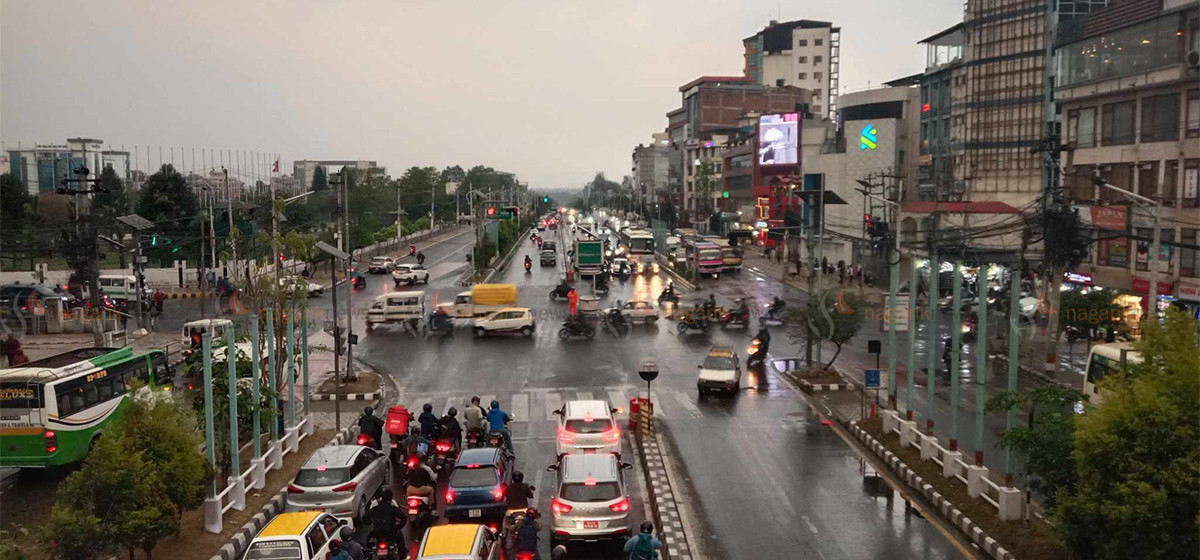
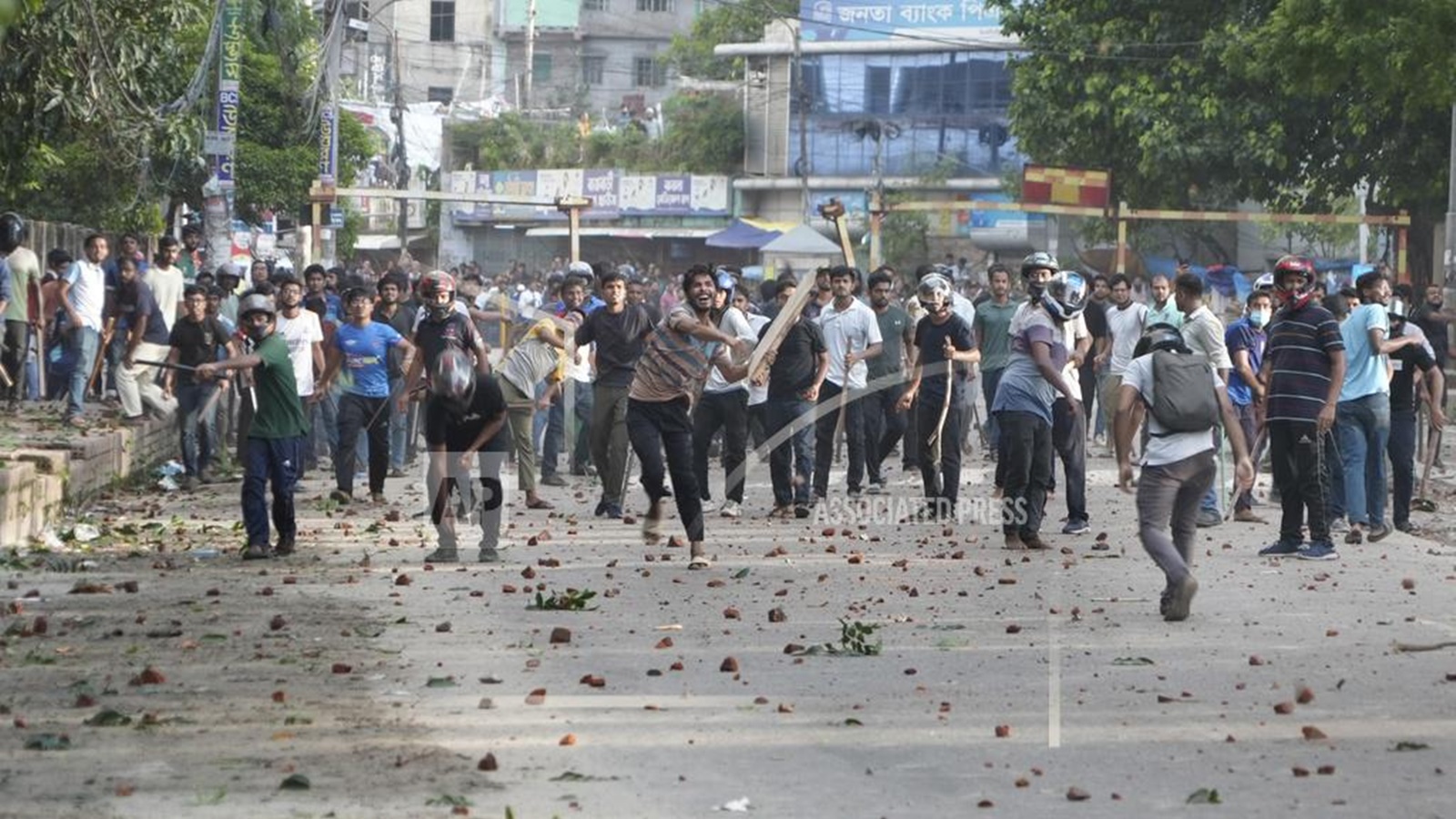
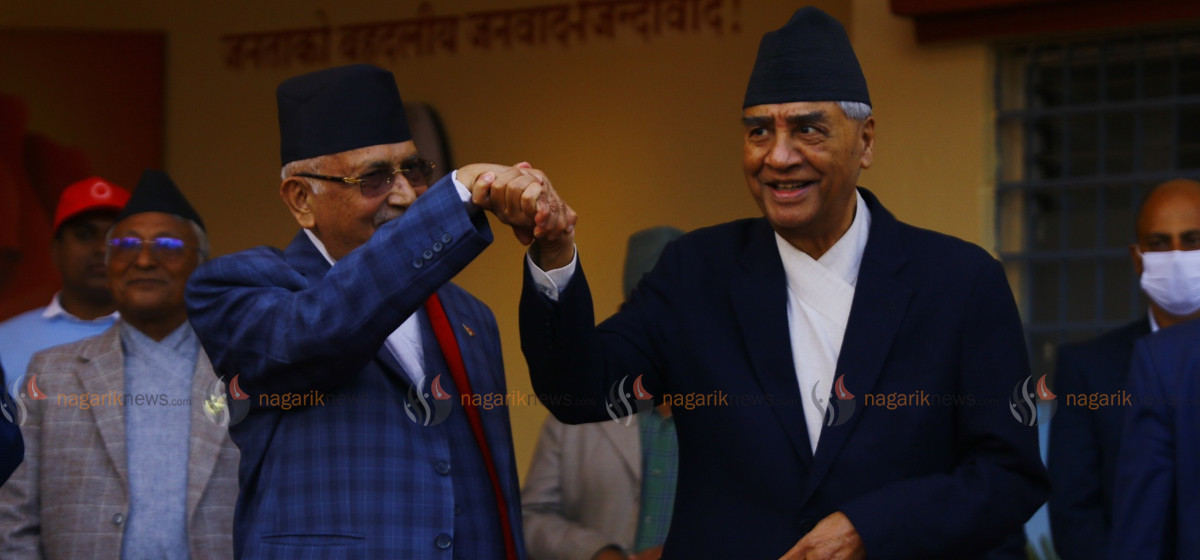
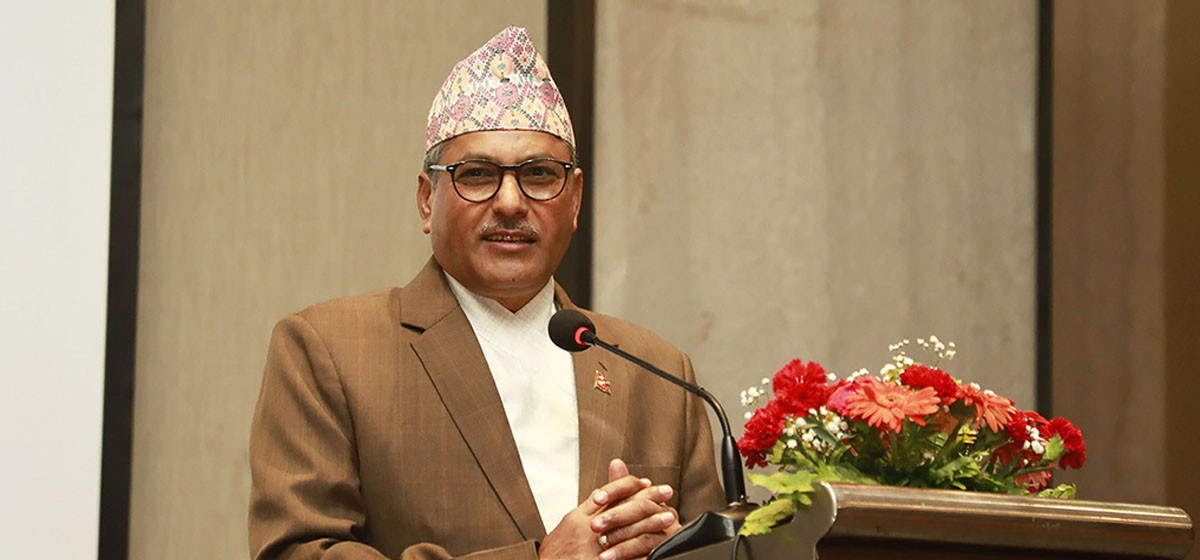
Just In
- Nepal at high risk of Chandipura virus
- Japanese envoy calls on Minister Bhattarai, discusses further enhancing exchange through education between Japan and Nepal
- Heavy rainfall likely in Bagmati and Sudurpaschim provinces
- Bangladesh protest leaders taken from hospital by police
- Challenges Confronting the New Coalition
- NRB introduces cautiously flexible measures to address ongoing slowdown in various economic sectors
- Forced Covid-19 cremations: is it too late for redemption?
- NRB to provide collateral-free loans to foreign employment seekers



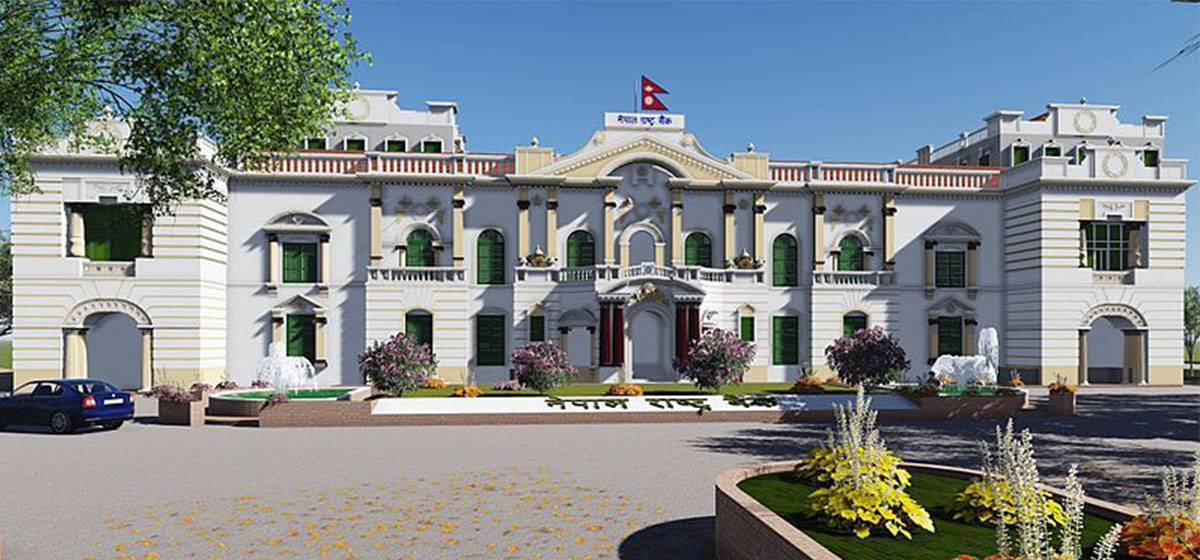
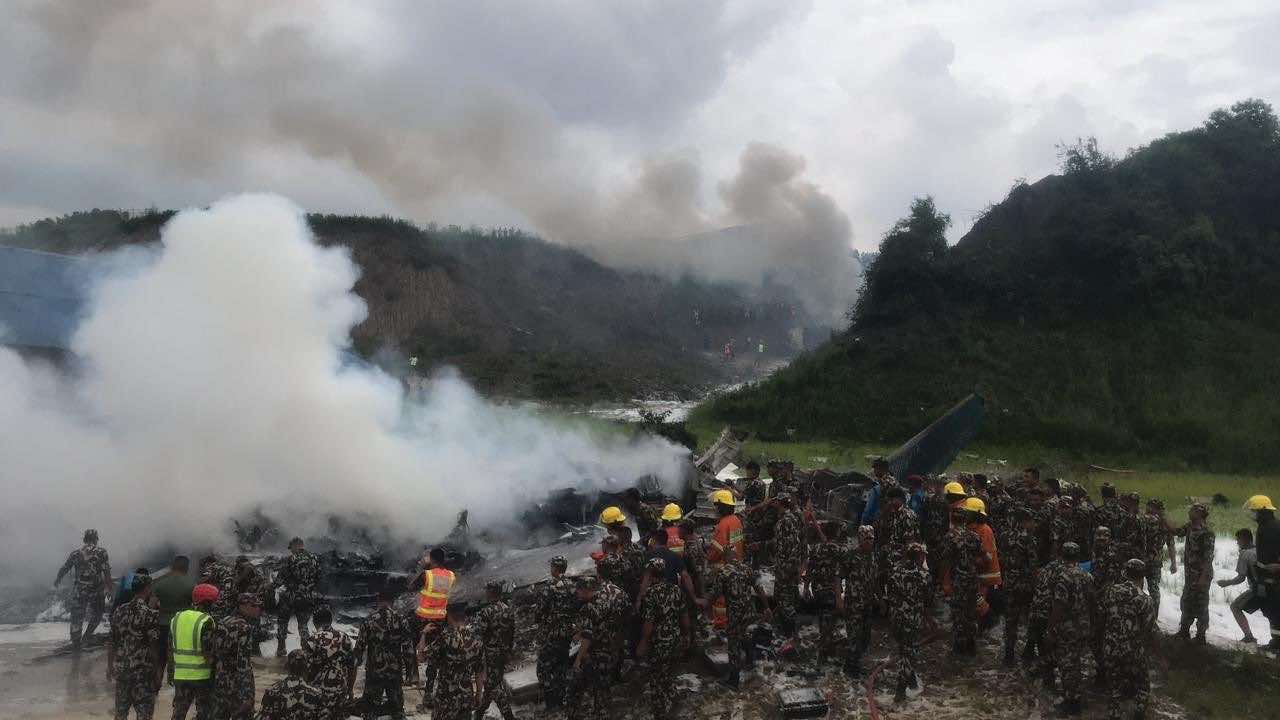
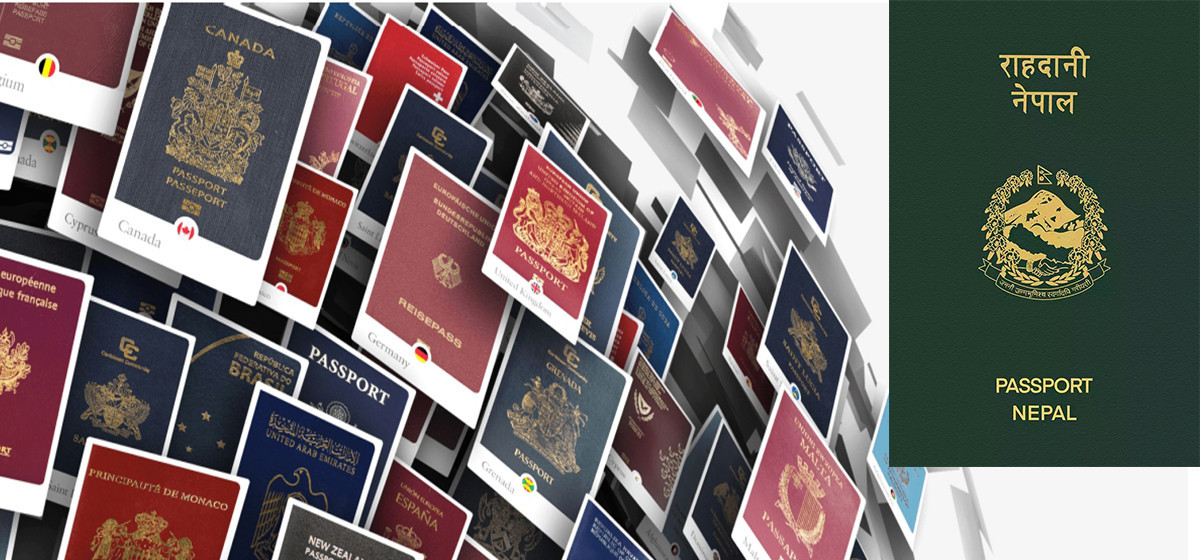
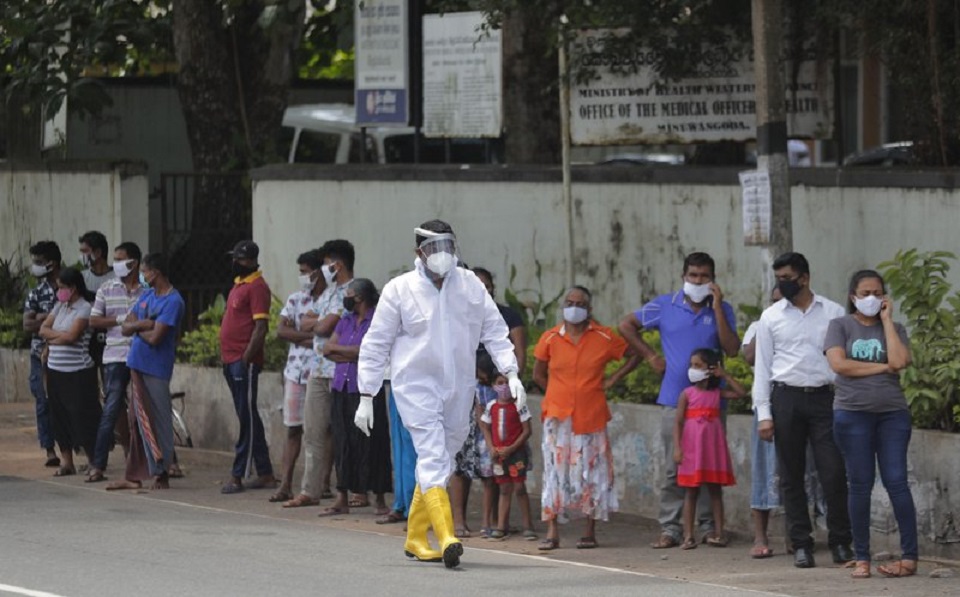
Leave A Comment